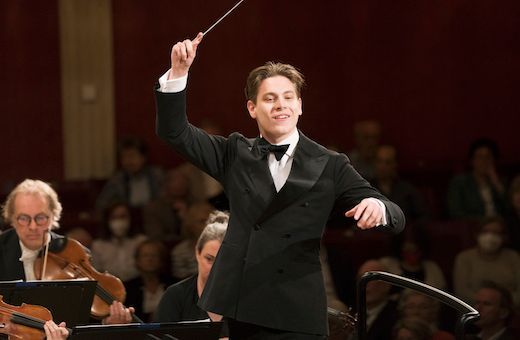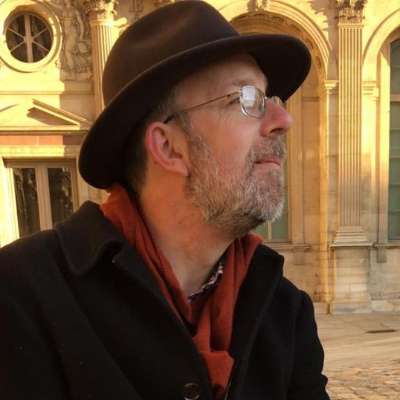“If only I could rid myself of these dark shadows,” wrote Jean Sibelius in his diary on 22nd September 1910. It was a period of intense crisis for the composer. Surgeons had removed a tumour from his throat two years earlier and he was terrified the cancer would return, to the extent that he even gave up cigars and alcohol, which led to severe withdrawal symptoms. It was during this period that Sibelius composed his Fourth Symphony, a gnarly, knotty work, bleak in tone, where light rarely penetrates.

Its mood does not make the Fourth a natural crowd-pleaser and in performances of the cycle, it tends to get shunted – as here in the Oslo Philharmonic’s cycle at the Wiener Konzerthaus – before the interval rather than closing the programme. Yet in Klaus Mäkelä’s hands, this Fourth gripped, right from the fortissimo opening statement on cellos, double basses and bassoons. Mäkelä is a cellist himself and clearly relished the eloquent playing of principal Louisa Tuck in her extended solo at the start. Double basses grunted and there was something of Wagner’s Grail Knights about the noble brass passages.
In the Allegro molto vivace, arguably a Scherzo, the percussive string attacks stung, while the slow movement – taken very slowly – felt desolate, the woodwind solos icy. Sibelius brightens this “psychological symphony” a little in the finale – a glockenspiel pierces the gloom – and Mäkelä kept the pace buoyant, strings gleaming in the brief snatches of light. But ultimately, the atmosphere darkened again, flute and oboe posing unanswered questions before the Oslo strings juddered to an abrupt halt. One felt the entire hall holding its collective breath.
Oddly, there were restless moments during the much more crowd-pleasing Second. Sunlight drenched the contented opening – Sibelius began composing the symphony in Italy and it shows – but at the start of the long slow movement Mäkelä reduced the pizzicato basses and cellos to near inaudibility (they’re marked mezzo-piano) and he lost sections of the audience. He worked hard to win them back. The heavy brass impressed in their granite-like statements, and Mäkelä whipped up the tension in an angry Vivacissimo, bordering on the reckless, which found release in the triumphant finale, swift and surging, less bombastic than usual. It’s one of Sibelius’ knockout melodies and it hit the back of the net.
Any bombast was reserved for the very generous encore, the tone poem Finlandia, given an exuberant reading during which Tuck and Mäkelä exchanged beaming smiles.
Mark's press trip was funded by the Oslo Philharmonic


